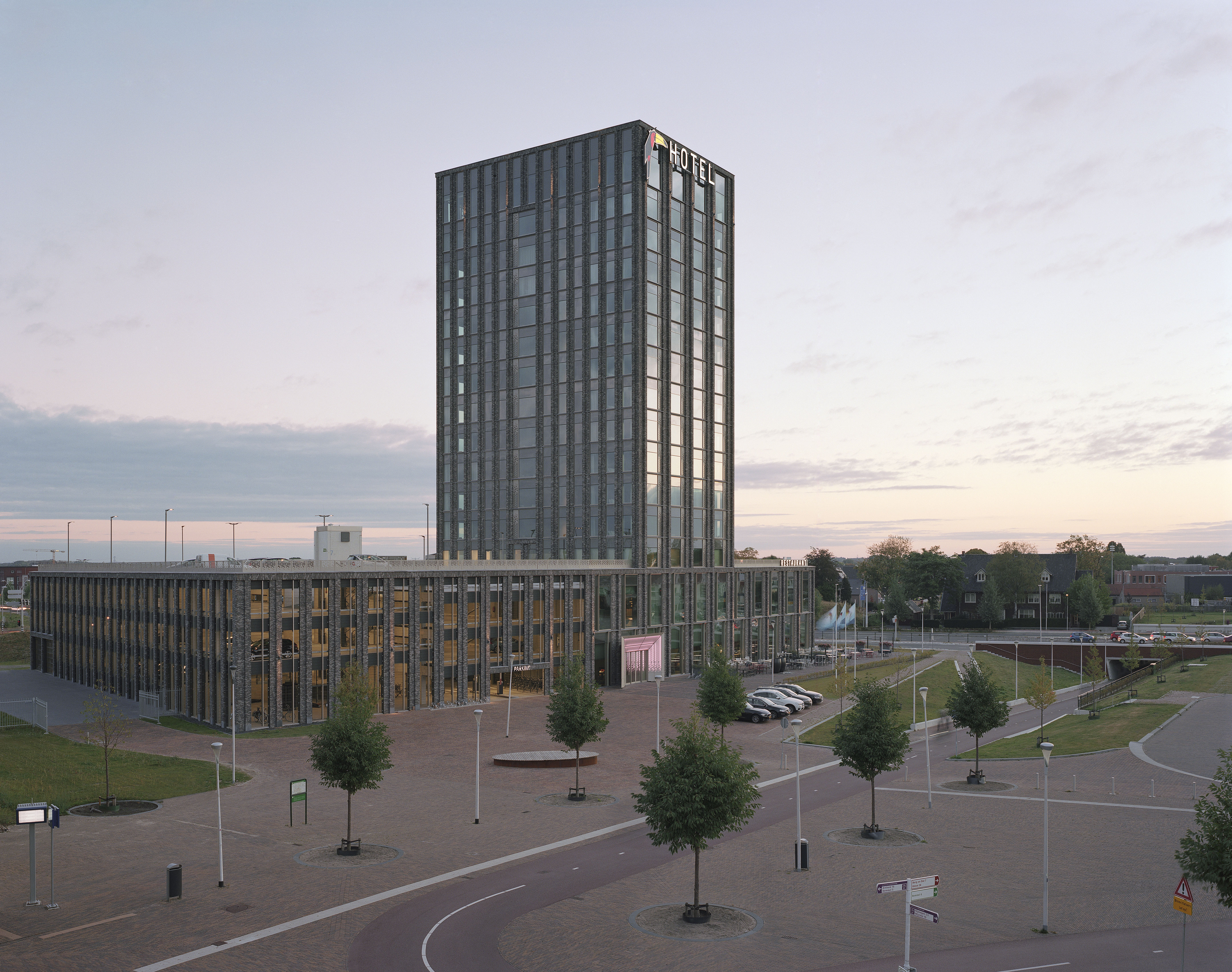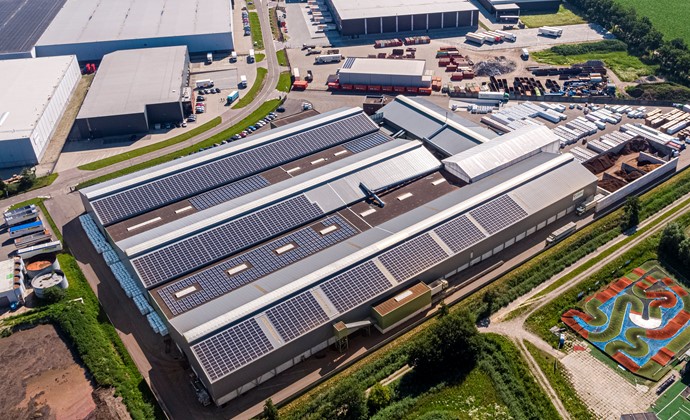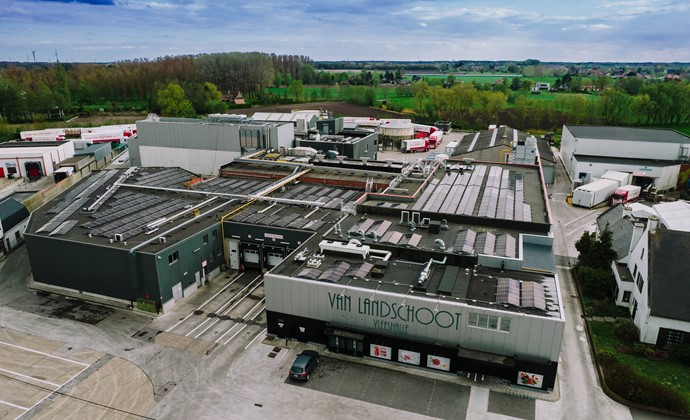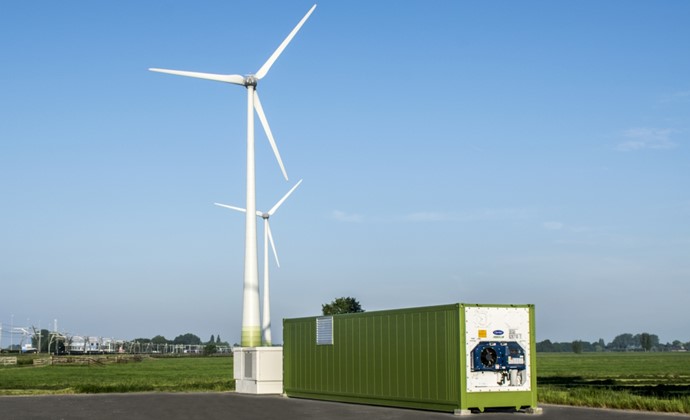Due to the availability of flexible sources – the thermal energy storage (TES) system of the Van der Valk hotel Nijmegen-Lent, the energy storage system and the refrigeration installation of Lidl - there was sufficient room for electricity demand in Nijmegen-Noord. That this was needed is shown by the various activations of this flexibility that have been made.
Deployment of flexibility
At various times, there was such a shortage on the electricity grid that the hotel had to use the buffer in the thermal energy storage system, Lidl turned down the refrigeration installation and injected power into the grid from the energy storage system.

Additional use of primary reserve capacity
In 2021, an additional dimension was added. At times when, based on accurate calculations, no congestion was predicted in Nijmegen-Noord, the flexible sources could be deployed on the balancing markets. This created an additional revenue model. In particular the energy storage system (battery) was used in the market for primary reserve power (FCR). This power can be used, for a fee, within a maximum of 30 seconds to prevent or stabilise frequency disruptions in the high-voltage grid.
Successful application
In recent years, the added value of a flexibility market has been demonstrated in practice. One of the most important learnings is the insight into the actual flexibility supplied, in kilowatt hours. In the initial phase, delivered flexibility was determined by comparing with consumption predicted 24 hours in advance. However, consumption during the day was still volatile, making it challenging to accurately demonstrate the flexibility delivered during actual activations. Accordingly, it was decided to change to other baseline methods, which allow for a more accurate calculation of how much flexibility was actually delivered.
Wondering if your company can provide flexibility too?
Then contact our Energy Transition Specialists!




